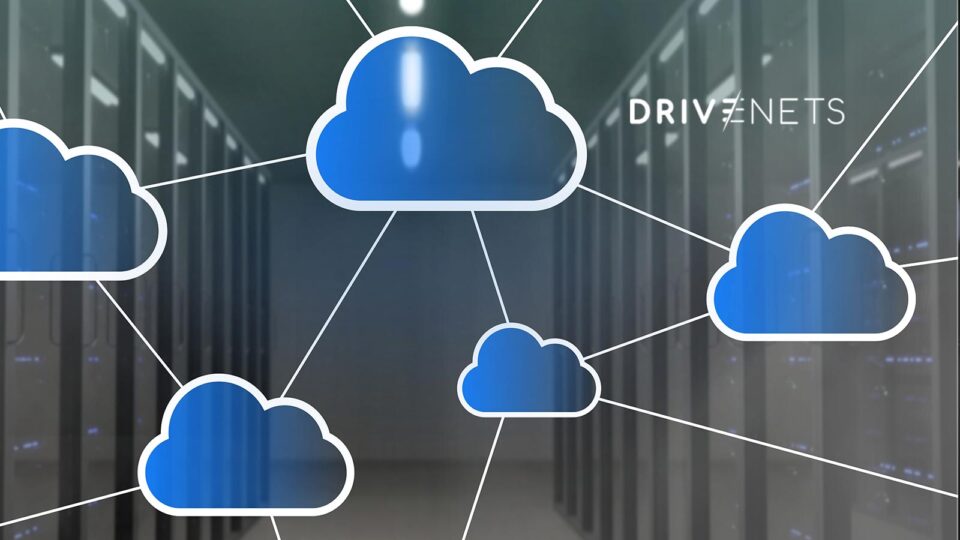DriveNets, a leader in cloud-native networking software and network disaggregation solutions, shared the results of a survey of telecom network executives conducted by STL Partners indicating that operators recognize the economic value of a hyper-scale architecture and the inevitability of disaggregated cloud-native networks, but their perspectives and plans to pursue these goals vary greatly. Against that backdrop, the report contends that hyperscale economics should be viewed as “an ongoing strategic goal and pursuit” for telcos to remain competitive vis-a-vis cloud service alternatives and that they should focus first on the most feasible areas of disaggregation and automation, particularly core networking.
Top iTechnology Netwroking News: NexClipper Launches Beta Version of Observability Service, Establishes US Entity
The survey, Pursuing Hyperscale Economics: What, Why and How Telcos Can Do It, was conducted by STL Partners and sponsored by DriveNets. According to the report, telecom operators view the hyperscale cloud providers in three ways:
- As business partners who can drive new areas of demand and provide infrastructure-as-a-service for operators’ IT and operational payloads
- As threats who reduce operators’ value through over-the-top (OTT) and under-the-network services, commoditizing the operators’ core business
- As models that operators can learn from and adopt business and operational models, and technology innovations
According to Yesmean Luk, Telco Cloud Practice Lead at STL Partners and author of the report, the greatest opportunity for operators is to focus on that last point and the impact that hyperscale economics can have on operators costs and capabilities.
“The value of networks has shifted from the networks themselves to the services that run over them,” she said. “We are seeing that through the incredible business growth of cloud providers and the huge breadth of cloud-based services and applications that are being rolled out. As operators evolve to more advanced data-intensive connectivity services such as 5G and fiber to the home, they will benefit from the growing demand for capacity and throughput but as their capabilities grow, they will need to manage costs in a more sustainable and optimal way. A cloud-like architecture has been proven to support that and enables new revenue streams from expanded service offerings and the agility to address these. Hyperscale providers serve as the model.”
Top iTechnology Netwroking News: Provance releases a New ITSM Power App ServiceTeam ITSM Professional
Disaggregation: Not if, but how
The report found a consensus among operators that disaggregation and the move toward cloud-native architectures for networking is inevitable.
In a recent webinar and panel discussion conducted by STL Partners, Bryce Mitchell, vice president of Core Network Engineering at Rogers Communications, agreed hyperscale economics can positively impact network operators’ bottom lines.
“There’s a lot of value in these concepts,” he said. “Subscriber counts are growing relatively flatly, ARPU is rather stagnant, but usage is going up. We have to look at our cost structures and get them down.”
But not all operators believe hyperscale economics is applicable or achievable for them. There is even a risk of complacency among some incumbent operators who may sit back while others embrace the opportunity to innovate early.
The report identified three key drivers for pursuing hyperscale economics: optimal scalability, faster innovation and time-to-market, and flexibility and resilience to changes.
“When we meet with customers, their number one concern is lowering costs,” said Inbar Lasser-Raab, chief marketing officer for DriveNets. “Hyperscale economics and disaggregation give service providers the ability to run multiple networks and services and do a better job using their network capacity and resources, ultimately reducing their costs.”
Target the core of the network
The report suggests that the networking core is a breakthrough opportunity area for hyperscale economics due to continued growth in network traffic volumes, the maturity of the ecosystem, learnings from earlier network function virtualization (NFV) deployments, and the deployment of 5G standalone (SA) technologies. This holds true for both small and large operators.
“Success in achieving hyperscale economics is not just about size,” said Luk. “The right architecture and operating models are key ingredients for what will drive success, regardless of the size of the organization. Network operators need to take lessons from what the hyperscalers have done, apply them to their business and network, and focus on the key stages of insight to drive that momentum. Many of them have already started.”
Top iTechnology Cloud News: GA of CloudNatix Platform Brings Industry First ‘Planet-Scale Cluster Manager’ to Market, Solving Problem of Operating Diverse Fleets of Cloud and Kubernetes Deployments
[To share your insights with us, please write to sghosh@martechseries.com]


